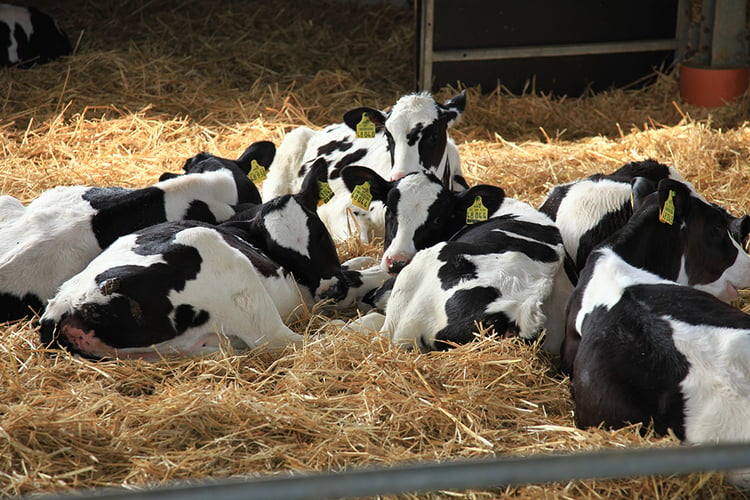Best practices in weaning should aid in improving both the performance and welfare of young calves. According to Dr Ajmal Khan, Senior Scientist in Ruminant Nutrition at AgResearch, performance and welfare should include both short and long-term performance goals. Short term objectives are survival, health, growth and cost. Long term goals also include growth and health, but reproduction, milk yield, longevity, efficiency and profitability should be added. These performance goals cannot be met however without taking calf welfare into account.
- LifeStart
- Weaning strategies
Pre-weaning feeding practices and a step-down weaning schedule will improve future performance

Performance and welfare in young ruminants
Young calves have nutritional, behavioural, environmental and social needs. If these critical needs are met in a rearing system, young calves will have a lower incidence of disease, less hunger and stress and less behavioural or social deprivation. If all these welfare goals are put at the forefront, the result is a healthy adult animal, ready for a lifetime of high performance. Certain weaning strategies can help in achieving all of these goals.
Which weaning strategies work best?
Dr Khan's research shows that greater milk access prior to weaning is a key strategy for reducing hunger and lowering weaning distress, while simultaneously supporting growth in calves going through the weaning transition. Weaning distress is reduced significantly when calves are pair housed, and social housing can improve calf performance both around and after weaning. Adding hay to calve diets along with starter feed will lead to further improvement. Early access to hay does not only promote rumen development, but it also promotes higher dry matter intake both before and after weaning.
Gradual weaning is preferred, as, amongst other things, it encourages solid feed consumption. The smoothness of the weaning process is absolutely critical. Abruptly cutting calves off from milk supplies stops the smooth development of the rumen and can have a detrimental effect on the health and performance of young calves. As calves are born without fully developed rumens, they rely on milk to meet their nutrient demands for both maintenance and growth. Abruptly shifting calves from milk to solid feed, or doing so too soon, puts calves at risk for poor growth and performance, post-weaning.
What is too soon?
Weaning should not occur until calves reach an age of at least eight weeks. Delaying weaning until this age tends to reduce the growth dip that generally happens at weaning, especially given the fact that many calves are now being fed a higher plane of pre-weaning nutrition. When coupled with giving calves access to forage, such as hay, along with their starter, and utilising a step-down method of weaning, even smoother rumen development is promoted,
Weaning can be stressful for both calves and those who care for them. But, stress can be reduced and calves can be well on their way towards a lifetime of positive outcomes.



